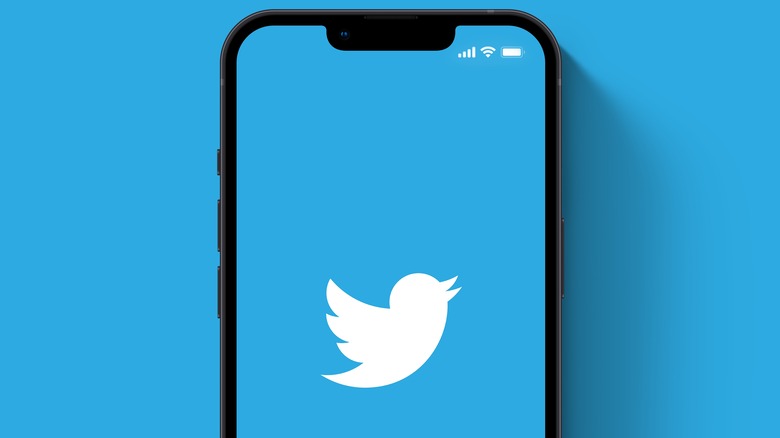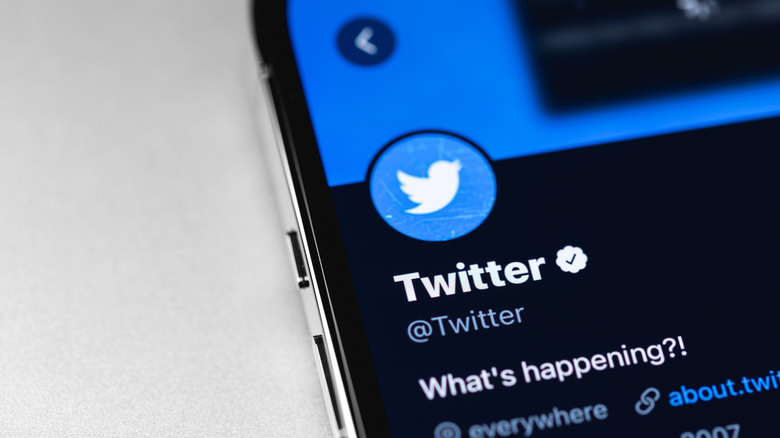Twitter Reveals How It'll Label Users Who Are Actually Verified
Ever since Twitter revealed plans for bundling verified blue checkmark badges with the $8 per month Twitter Blue subscription, there has been a lot of confusion and legitimate skepticism. The biggest worry is how the average Twitter user will distinguish between accounts that were verified before based on their influence and importance and the accounts that simply paid the $8 fee to get the blue badge.
Twitter has finally cleared the air around the verification mess. The company's Esther Crawford has revealed that some verified accounts that received the blue tick before the Musk era will get an "Official" text label on their profile pages. Accounts that simply paid their way to the blue check mark will not get the official label treatment.
A lot of folks have asked about how you'll be able to distinguish between @TwitterBlue subscribers with blue checkmarks and accounts that are verified as official, which is why we’re introducing the “Official" label to select accounts when we launch. pic.twitter.com/0p2Ae5nWpO
— Esther Crawford ✨ (@esthercrawford) November 8, 2022
Crawford clarifies that unlike the blue verified badge, the "Official" label is not for purchase. Instead, it will be reserved for "government accounts, commercial companies, business partners, major media outlets, publishers and some public figures." Twitter says the official label is just one of the experimental ways to differentiate between accounts that paid for the verified badge and those that actually deserved it based on their importance. The new labeling system is just a means to an end, but it's not really a foolproof solution.
A label for another label
The "Official" badge will only be visible when an account's profile page is checked, either by visiting the Twitter profile page URL or opening it in a small window by hovering the cursor over the account name in a tweet. Either way, it's still a hassle and an open invitation for scams. Unsurprisingly, the whole mess is Twitter's own doing.
Ever since Musk first started rambling about Twitter's verification system, a bunch of people suggested the idea of color-coding the verification badge. Twitter could keep the blue badge exclusive to influential institutions and personalities, while a checkmark insignia in any other color would signify that the account is run by a real person after identity verification, proving that it's not a bot.
The new Twitter Blue does not include ID verification â€" it’s an opt-in, paid subscription that offers a blue checkmark and access to select features. We’ll continue to experiment with ways to differentiate between account types.
— Esther Crawford ✨ (@esthercrawford) November 8, 2022
However, Musk's pay-to-get-the-blue-badge system has only complicated the trust-building part that came with a blue badge account. Twitter Blue doesn't require any form of identity verification, which means there is always a risk of bad actors funding a bunch of paid verified accounts to wreak havoc, now with an aura of legitimacy that was not possible before. It's also rather odd that despite Musk's embarrassingly bullish attitude towards selling the $8 per month subscription service, Twitter Blue might actually end up being a loss-maker for the company. It would be interesting to see if Twitter does an about-face in this scenario, too, just like it did for laid-off employees by requesting some of them to come back.

